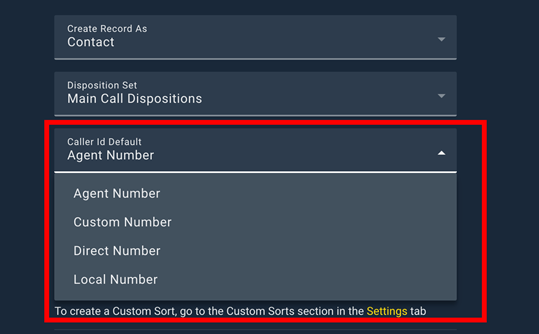Caller ID Authentication Regulation
STIR/SHAKEN Playbooks Compliance Options
Playbooks is the #1 Sales Engagement platform for compliance with built-in features to support anti-SPAM and Do Not Call regulations. In this article, you will learn more about specific FCC Regulations that govern how Caller IDs will impact dialing US based customers.
Overview
On June 30th 2021, the Federal Communications Commission (FCC) will require all phone carriers within the United States to enable new standards around caller ID referred to as STIR/SHAKEN. These new regulations are designed to reduce fraudulent calls and scams which illegally spoof caller ID. The XANT telephony team works closely with top carriers in the United States to ensure compliance with upcoming regulations. Depending on what number your teams use for their caller ID, your calls may be impacted by these new regulations.
If your team uses the Local Presence™ feature in Playbooks, they will not be impacted. All Local Presence™ phone numbers are certified numbers.
If your team uses the Playbooks feature that allows reps to manually enter a caller ID number, your calls may be flagged by carriers as SPAM beginning July 1, 2021.
What Are the Regulations
The FCC now requires that carriers score all calls made over their networks. When the originating carrier is processing a call, they will now be required to certify the caller ID being used. Based on the score, the receiving carrier may treat a call differently. For example, if the originating carrier cannot certify the caller ID being shown on the call, the receiving carrier may choose not to route the call. Because it is up to carriers to determine how to route calls differently based on the certification level, it is not known when or how these changes may take effect.
How Does This Impact Your Team?
XANT phone carriers will certify all XANT-managed phone numbers. This means if a number is hosted by XANT, it will be certified and not impacted with these upcoming changes. If your team is using phone numbers as the caller ID where the number is not hosted by XANT, the effectiveness of those calls may be impacted.
- Example One: A rep makes a call using their cell phone as the caller ID. In this example, the number is not hosted by XANT, and effectiveness may be impacted.
- Example Two: A rep makes a phone call using Local Presence as the caller ID. In this example, the number is hosted by XANT and is not impacted by these new federal regulations.
- Example Three: A rep makes a phone call using their XANT Direct Inbound Number as the caller ID. In this example, the number is hosted by XANT and is not impacted by these new federal regulations.
Determining & Controlling Caller-ID Options
Administrators and managers can control the caller ID that reps use when they make their outbound calls. To check the default for a team, edit the team in Playbooks and look at the “Caller Id Default”. This field determines the caller ID that is shown to recipients of outbound calls. There are four options available for the default caller ID:
|
Option |
Impact |
|---|---|
| Agent Number |
If this option is selected, Playbooks will use the station number for the user. This number is not hosted by XANT, thus the effectiveness of calls made using this option may be impacted. |
| Custom Number |
If this option is selected, Playbooks will use a number defined by the manager as the caller ID. This number is not generally hosted by XANT, thus the effectiveness of calls made using this option may be impacted. |
| Direct Number |
If this option is selected, Playbooks will use the XANT number assigned to a user for making calls. In this instance, the number is hosted by XANT and will be fully certified by XANT carriers. |
| Local Number |
If this option is selected, Playbooks will use the XANT number assigned to a user for making calls. In this instance, the number is hosted by XANT and will be fully certified by XANT carriers. |
Additional Information
For additional assistance, please contact your XANT Customer Success Manager. The following information may also assist in explaining this upcoming change:


